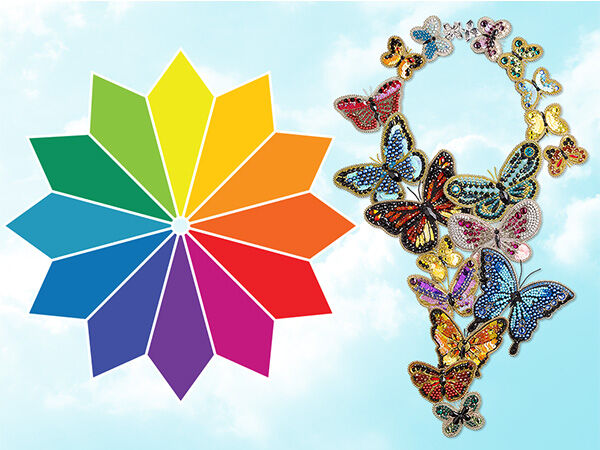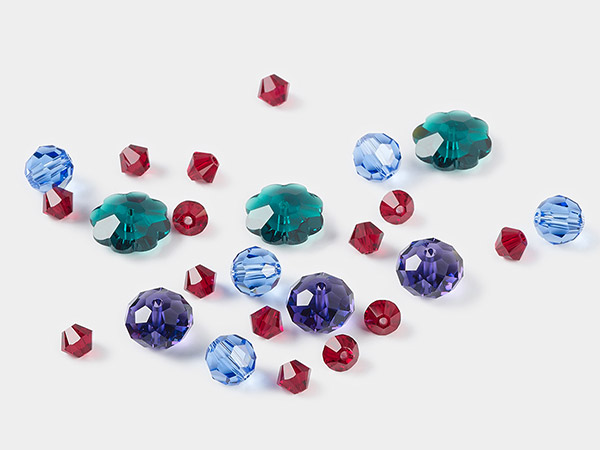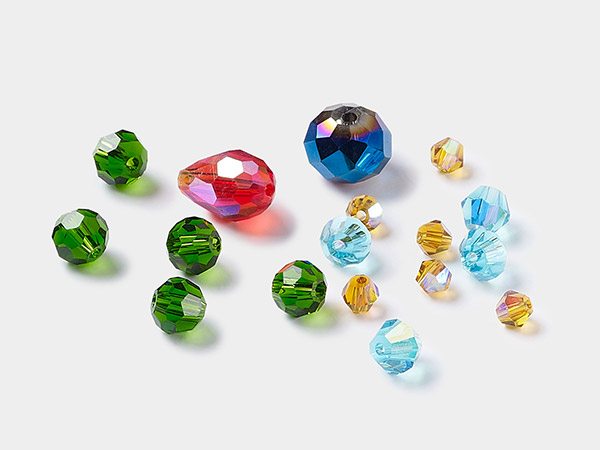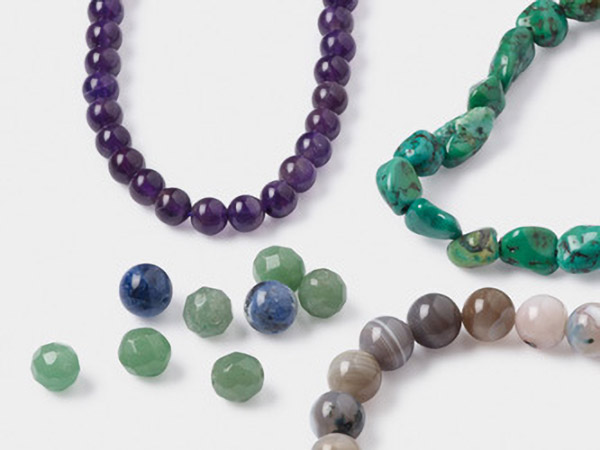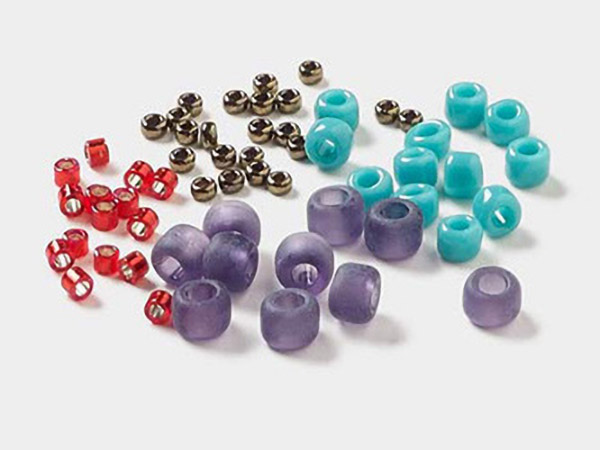The Basics of Color
and Its Influence in Jewelry Design
by Contest Artist Francesca Lobbe, Design Idea MH4F
The History of Modern Color Theory
Johannes Itten is credited as the father of contemporary color theory. His groundbreaking work, "The Art of Color," built upon the theories of earlier thinkers and artists, incorporating science, human vision, and art from around the world. Itten's color wheel and ideas on color harmony are rooted in scientific principles and human perception.
The Psychology of Color and Jewelry Design
Color has a profound impact on our psychological and emotional states. Different colors can evoke varied moods and feelings, and individuals may have unique preferences and responses to colors. Understanding the psychology of color is essential for jewelry designers.
Color is a powerful tool for jewelry artists. By incorporating an understanding of color theory, the color wheel, and the psychology of color into your designs, you can create pieces that not only look beautiful but also convey meaningful messages. Each color you choose becomes a part of the language you speak through your jewelry creations, allowing you to connect with your audience on a deeper level.

There is an undeniable power in color. We perceive the world in a vibrant spectrum of colors, and these colors can evoke emotions, convey messages, and make statements. Color choices influence various aspects of our lives, from the clothes we wear to the way we decorate our homes. While we often stick to conservative or matching color schemes, it's time to think outside the box when it comes to your jewelry design, embracing a few basic color theories. Your jewelry can become your personal statement, and understanding the fundamentals of color is a great place to start.
The Color Wheel and Its Significance
The color wheel serves as a valuable tool for understanding the relationships between different colors. It can be broken down into three key aspects:
1. HUE: This refers to a single color and all its variations (e.g., Kelly green, forest green, mint green, etc.).
2. VALUE: Value is a measure of a color's lightness or darkness and is unrelated to the color itself. It plays a crucial role in the emotional response a piece of jewelry elicits.
3. SATURATION: Saturation determines the relative brightness or dullness of a color, ranging from pure and intense to muted and subdued. It involves concepts like tints, tones, and shades.
Exploring Color Theory and the Color Wheel

Understanding color theory is a key aspect of jewelry design. With a grasp of classic color theory, you can create jewelry pieces that are naturally appealing and harmonious. Here's a brief overview of how the color wheel works:

- Primary Colors: The color wheel starts with three primary colors, equally spaced from each other: yellow, red, and blue.

- Secondary Colors: Mixing two primary colors produces a secondary color. The three secondaries are orange, violet, and green.

- Tertiary Colors: Mixing a primary color with a nearby secondary color results in a tertiary color. There are six tertiaries, including yellow-orange, red-orange, red-violet, blue-violet, blue-green, and yellow-green.
Applying Color Schemes
Creating beautiful jewelry often involves choosing and applying specific color schemes. Here are four basic color schemes to consider:

- Monochromatic Scheme: This involves using variations of a single color, playing with its shades and tints.

- Analogous Scheme: Colors that are adjacent to each other on the color wheel are harmonious and pleasing to the eye.

- Complementary Scheme: Complementary colors, which are directly opposite each other on the color wheel, create a high-contrast, eye-catching effect.

- Split-Complementary Scheme: This scheme combines elements of the complementary and analogous schemes, offering intriguing possibilities in complexity and sophistication.
Shop for Your Materials Here:
Have a question regarding this project? Email Customer Service.
Copyright Permissions
All works of authorship (articles, videos, tutorials and other creative works) are from the Fire Mountain Gems and Beads® Collection, and permission to copy is granted for non-commercial educational purposes only. All other reproduction requires written permission. For more information, please email copyrightpermission@firemtn.com.
